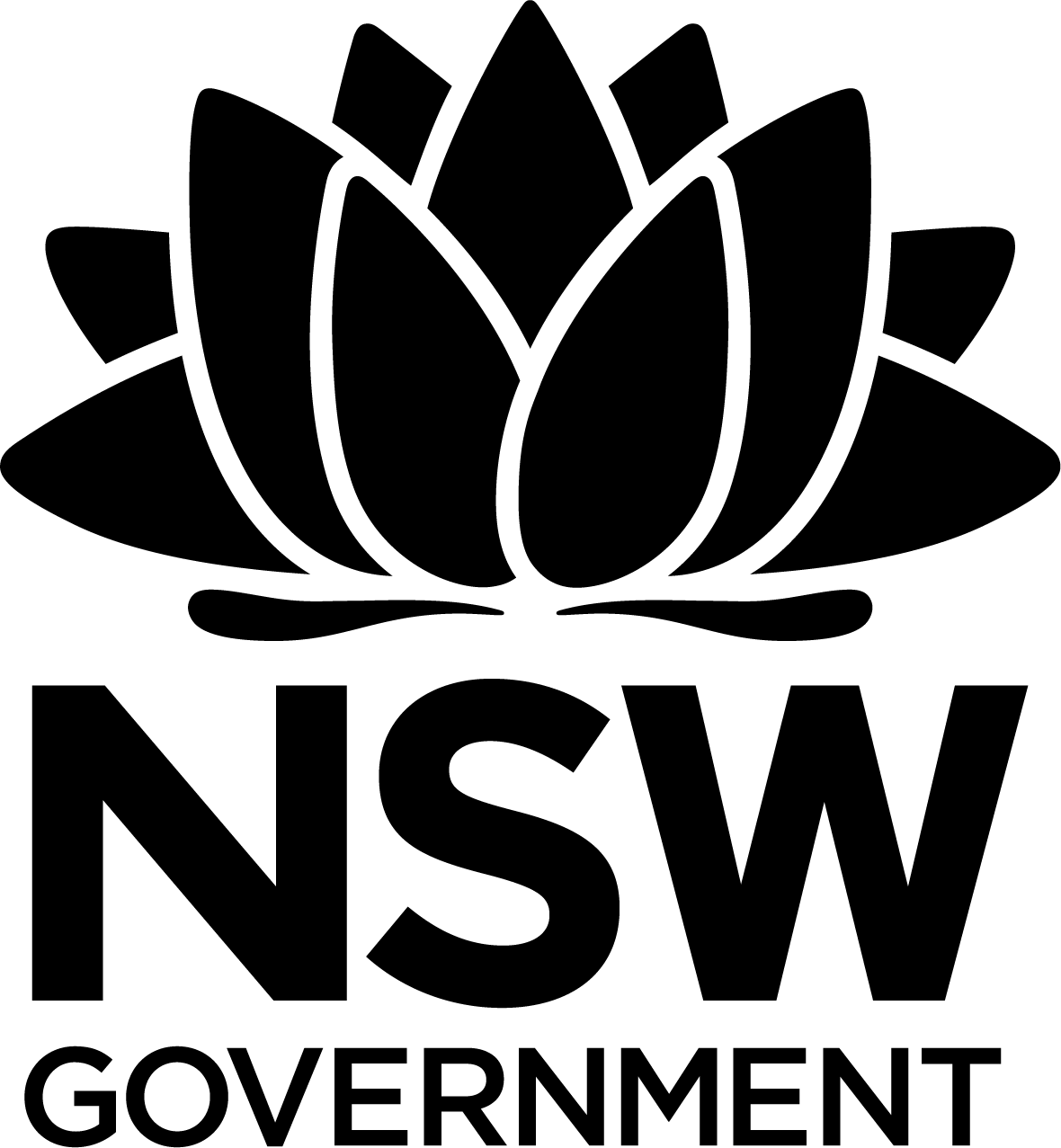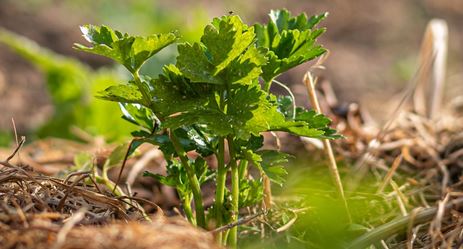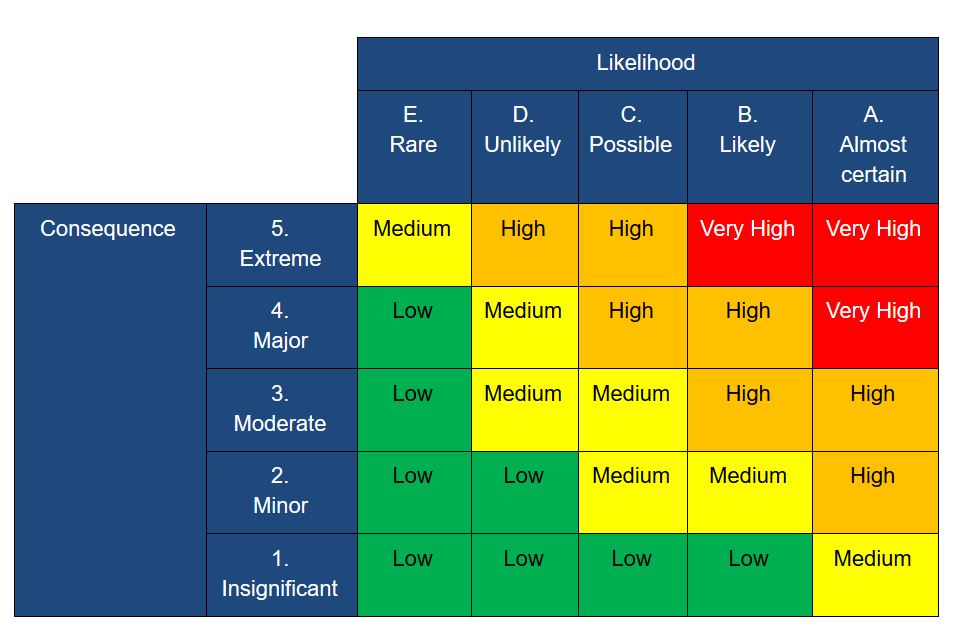
Crown land manager resource
Case study - risk management
Example—lawn mowing risk assessment
In this hypothetical example of a risk assessment, we consider the activity of lawn mowing on a Crown reserve.
Although seemingly a simple activity, there is some degree of risk to staff and visitors that need to be considered.
The first step is to identify hazards based on interviews, research and hands-on experience. This is called a desktop assessment, because it takes place away from the site — perhaps literally at a desk. Hazards identified during the desktop assessment include:
- inexperienced or new personnel
- moving blades of mower
- moving vehicles / equipment
- fuel storage and use
- sun exposure
- noise
- mechanical failure
- pedestrian pathway through the reserve
- endangered ecological community (rare orchid) on site
- wildlife
- small stones and other debris on lawn.
This is followed by going to the site and looking around. After walking around the site, the following additional hazards were identified:
- vehicles parked on the road
- undergrowth edging the lawn may harbour snakes (brown snakes are known to inhabit the reserve)
- magpie nests.
Using the risk assessment matrix, risk level is assigned to each hazard, and control measures proposed. The risk level is then revised based on proposed controls. Note that the risks discussed in this example are just a sample of some of the risks, and is not an exhaustive list.
Risk assessment | Risk control plan | |||
Hazard description | Risk description | Current risk level | Proposed risk controls | Revised risk level |
Inexperienced or new personnel | May make mistakes or neglect aspects of their role. | 3C = medium | Ensure person has the necessary skills – reference check. Provide appropriate training. Site induction. | 2D = low |
Moving blades of mower | Injury if operator slips (on wet grass or hill etc) | 3C = medium | Wear sturdy, steel-capped boots. Carry a first aid kit and communications equipment (phone, 2-way radio) | 2D = low |
Vehicles moving around | Runs into pedestrians | 3E = low | As much as possible, reduce mowing to times when the reserve is closed. Restrict speed. | 2E = low |
Fuel - storage | Fire, explosion Personal injury | 3B = high | Ensure fuel is stored in correctly labeled container, in a secure (locked) location. No smoking or naked flames. Use correct lifting technique, or lifting equipment. | 3D = medium |
Fuel - use | Fire, explosion. Chemical exposure Inhaling fumes | 3B = high | Check tap/pump for leaks. Use appropriate funnel Absorb any spillage with non-flammable absorbent material, and dispose appropriately. Do not decant/use in hot weather. | 3D = medium |
Sun exposure | Sunburn and/or heat stroke | 2B = medium | Wear protective clothing, sunglasses and sunscreen. Have access to drinking water, keep hydrated. Avoid the middle of the day, especially in warmer months. | 2D = low |
Noise | Hearing damage (hearing loss with long-term exposure). May not hear environmental noise (nearby people, cars etc) and have an accident | 2C = medium (3C = medium) 3D = medium | Wear approved ear protection Keeping looking around - be visually vigilant | 2D = low 2D = low |
Mechanical failure | Mowing may be prevented or halted part-way through. Expense of repair. | 1C = low | Keep mower/s in good working order with regular maintenance and servicing. | 1E = low |
Pedestrian pathway through reserve | Pedestrians affected by noise of mower at close range. May be hit by projectiles (stones, sticks, broken glass). Small children running into path of mower. | 1C = low 3C = medium 3D = medium | As much as possible, reduce mowing to times when the reserve is closed or non-busy times. Restrict speed. Shut down mower when pedestrians are nearby. | 1E = low 3E = low 3E = low |
Endangered ecological community - rare orchid - in NE corner of the reserve | Mowing could damage existing plants, disturb seeds, or introduce seeds from competing plants. | 4C = high | Mark out the known location of the orchid, adding a 10m buffer zone. Avoid mowing this area. | 4E = low |
Wildlife | Mowing could frighten larger animals. Could kill/maim smaller/ slow-moving animals. | 1D = low 2D = low | Move slowly enough for wildlife to escape. | 1E = low 2E = low |
Small stones and other debris in grass | Stones and debris flung up by mower blades could hit person mowing or other nearby people. | 3C = medium | Wear sturdy, steel-capped boots, long legged trousers and long sleeves, and eye protection. As much as possible, reduce mowing to times when the reserve is closed. Shut down mower when pedestrians are nearby. | 2D = low |
Vehicles parked on road | Visual obstruction caused by cars - person mowing may not see pedestrians, especially small children. Car paintwork damaged by flying stones and debris. | 3D = medium 1C = low | Prevent cars parking immediately next to lawn (witches hats, warning signs). Mow the lawn area closest to car parking outside of busy times for visitors. As much as possible, reduce mowing to times when the reserve is closed. | 3E = low 1E = low |
Brown snakes on site | Person mowing may encounter snakes in long grass or sunbathing adjacent to undergrowth - surprised snake may bite. | 4D = medium | Wear sturdy boots. Move slowly enough for snakes to escape. Carry first aid kit and communications equipment. | 2E = low |
Magpie nests | Swooping males may injure person mowing. | 2C = medium | Wear a sturdy, brimmed hat in nesting season (spring). | 1C = low |
This Crown land manager web resource was printed on 27 Jul 2024. The information contained in this web resource is based on knowledge and understanding at the time of writing Jul 2024. However, because of advances in knowledge, users are reminded of the need to ensure that the information upon which they rely is up to date and to check the currency of the information by referring to the website (www.reservemanager.nsw.gov.au).
© State of New South Wales through Department of Planning, Industry & Environment 2024.
Page link: https://reservemanager.crownland.nsw.gov.au/using-crown-reserves/risk-management/risk-assessment-template



